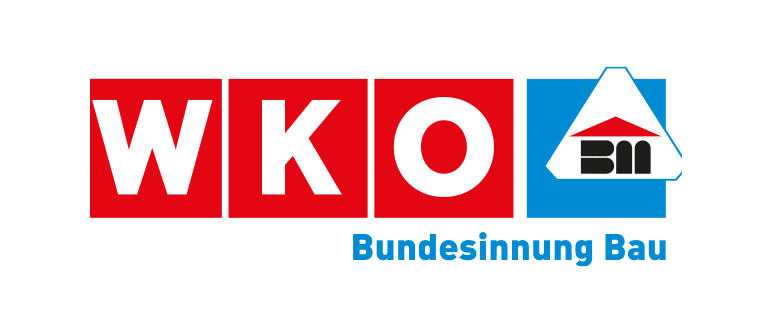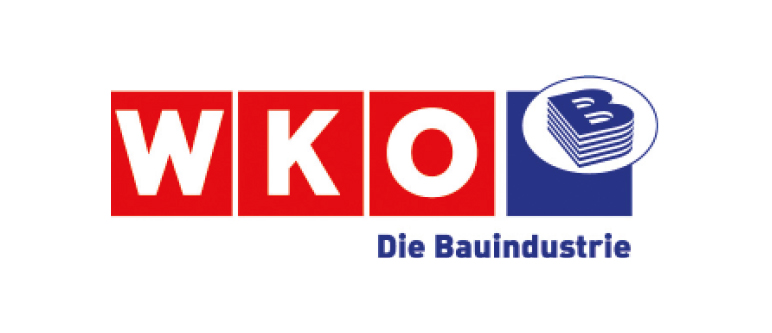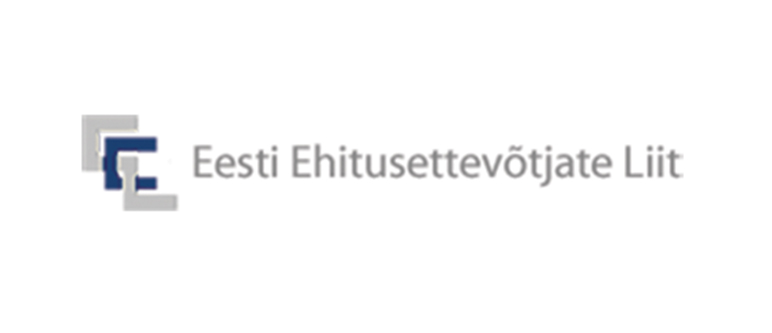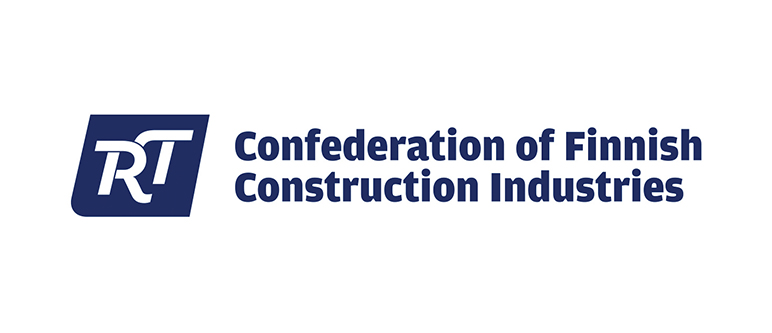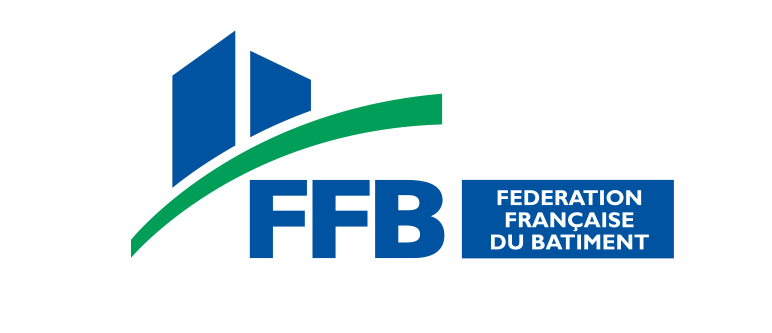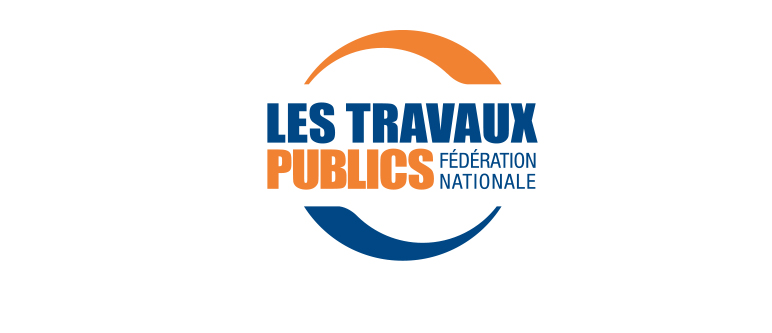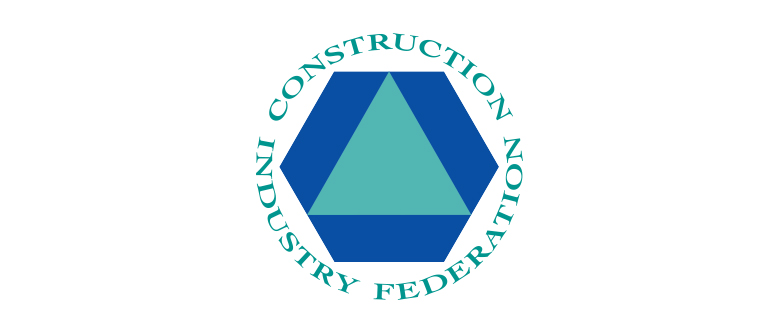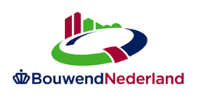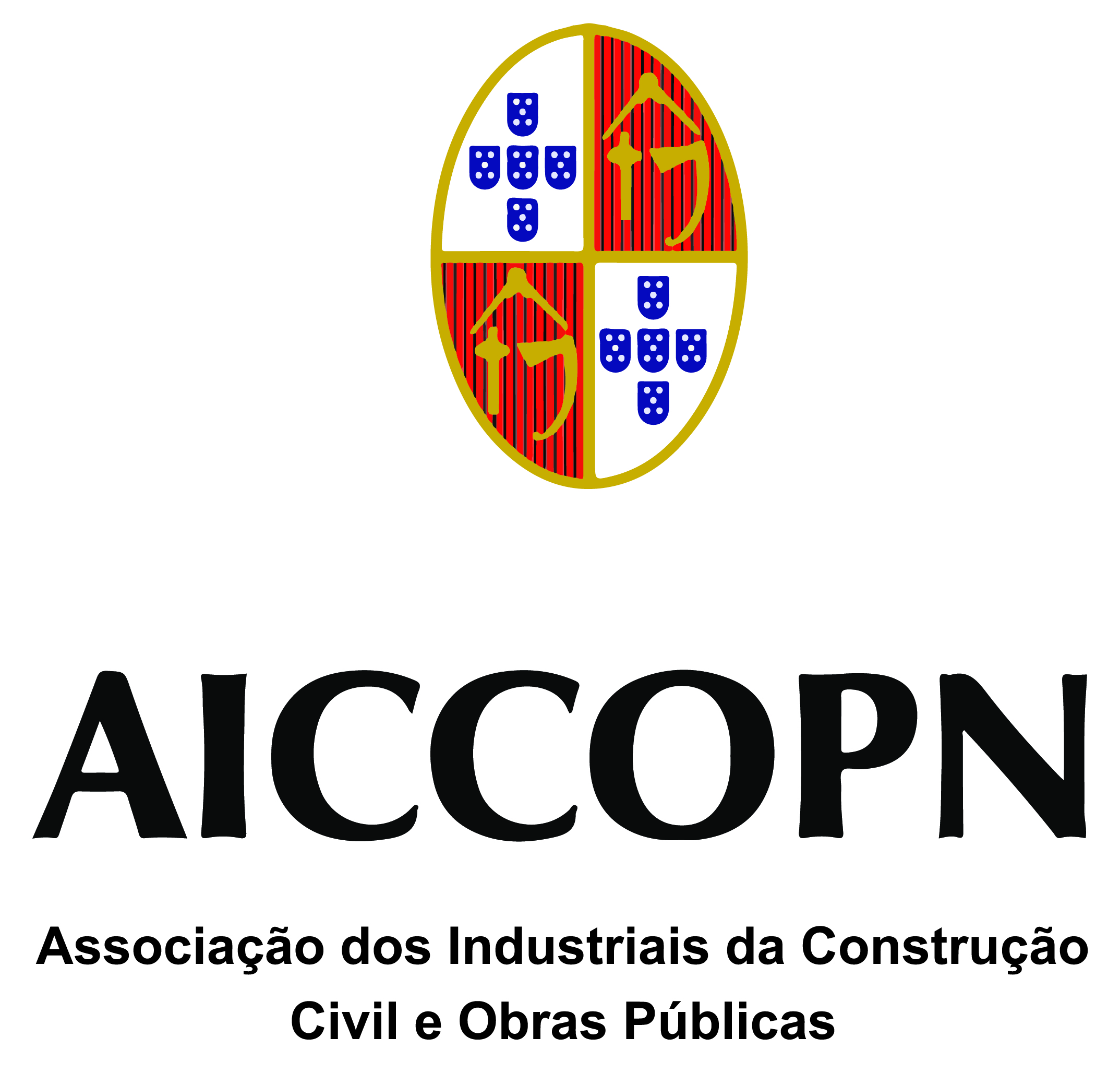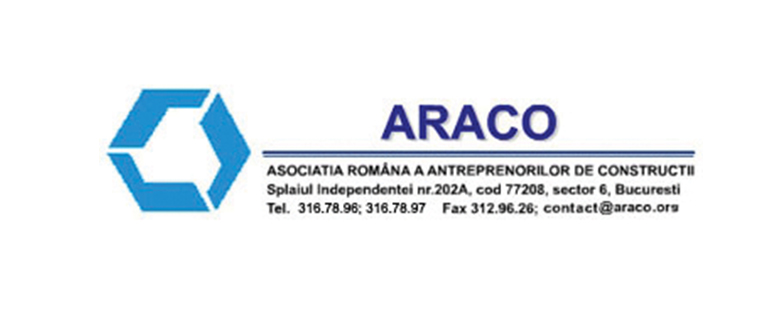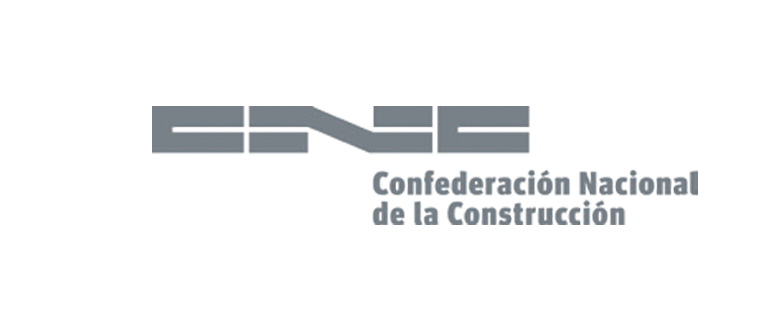Overall construction activity
The Italian GDP recorded a further positive performance in 2024, showing a year-on-year increase of +0.7%, representing an improvement over the previously forecasted +0.5%. This growth was supported by a recovery in household consumption (+0.6%), which accelerated in the second half of the year, and by the increase in investment (+0.5%). Net exports also contributed positively, with a trade balance surplus reflecting resilient exports (+0.4%) and a decline in imports (-0.7%).
The outlook for 2025 suggests muted economic growth. According to the IMF's forecast, published at the end of January 2025, Italian GDP is expected to rise by +0.7%. This forecast is influenced by a highly uncertain global context, stemming from ongoing geopolitical tensions – particularly the conflicts in Ukraine and the Middle East – and by the trade policy stance of the new Trump administration, which is introducing tariffs whose full market impact remains unclear and difficult to assess.
Against this backdrop, the investment trend in the construction sector is particularly significant. The construction sector was the primary driver of Italian economic growth during the 2021–2023 period, contributing to over one-quarter of total GDP growth, and regaining its role as a leading engine of national development, after years of stagnation.
Notably, construction investment exceeded the remarkable figure of 200 billion Euro in a single year, driven by two key factors: tax incentives for the redevelopment of the housing stock, and the National Recovery and Resilience Plan (NRRP), set to conclude in 2026.
The “Superbonus” measure alone, with approximately 500,000 interventions (representing 5.8% of Italy’s housing stock), marked a structural shift in the energy retrofitting approach, from single-unit interventions to full-building renovations. This latter approach is essential to best achieve the objectives of energy efficiency and reduction in greenhouse gas emissions.
Nevertheless, this powerful growth lever has begun to fade and is expected to contract further during the present year. The 2024 estimate of the National Association of Italian Constructors (ANCE) points to a contraction of -5.3%, following the peak levels recorded the previous year. This slowdown is mainly due to the sharp decline in housing extraordinary maintenance activity, despite the continued strong performance of civil engineering works, largely driven by NRRP-funded projects.
Looking ahead to 2025, amid the uncertain context ANCE expects a further deterioration in sector production levels, estimated at -7% year-on-year, which is a worsening compared to the 2024 contraction. This result is largely attributable to a further collapse in the housing renovation (extraordinary maintenance) segment (-30.0%), stemming from the downward remodulation of tax incentive rates.
Conversely, civil engineering works are expected to rise significantly (+16% year-on-year), fuelled by the acceleration in NRRP project implementations in the final years of the Plan.
This shift indicates a structural transition within the sector, with public works taking on a more prominent and strategic role in shaping overall market dynamics, while residential renovation - previously the sector’s main growth engine - is facing a significant downturn.
Housebuilding
ANCE’s estimate for 2024 indicates a significant real-terms decline of -19.8% in housebuilding investment compared to 2023. The contraction is primarily due to the loss of the expansive effect previously provided by extraordinary housing renovation, because of the discontinuation of tax credit transferability and invoice discounts mechanisms associated with the “Superbonus” measure and other incentives. Additionally, the housebuilding segment continues its negative trend.
Specifically, new housing construction shows a real-terms year-on-year contraction of -5.2%, reflecting the ongoing decline in building permits that started in 2022 (-2.4% in 2022, -7.6% in 2023). Another significant constraining factor for construction companies has been the reduced access to medium- and long-term credit. Mortgage loans for housebuilding dropped by -10% year-on-year during the first 9 months of 2024, confirming the downward trend already observed in the previous two years (-9.1% in 2022 and -14.7% in 2023).
These trends occur in a fragile context for the housebuilding segment, which is increasingly impacted by the worsening of the so-called “housing issue” and the lack of a long-term national strategy for new housing development that aligns with current and future demand. In the absence of a forward-looking and integrated approach, the housing emergency risks escalating, with serious implications not only for households but also for social cohesion and national economic development. There is an urgent need for public institutions to adopt a housing policy reaching beyond short-term emergency responses and focusing on strategic planning to prevent future crises.
This issue is not unique to Italy, but represents a broader European concern, despite differences among Member States in the housing supply situation and challenges. The high costs of access to housing and their increasing trend over the last months have prompted EU institutions to act, both politically and financially. On the political front, the appointment of Dan Jørgensen as Commissioner for Energy and Housing marks a clear acknowledgment by the European Commission of the need to develop and implement consistent and coordinated policy measures within the Union. On the financial front, the European Investment Bank (EIB) has been tasked with providing financing tools to support affordable housing initiatives.
Focusing on the redevelopment of the housing stock, the year 2024 has seen a significant real-terms decline of -22% compared to the previous year. As noted earlier, this contraction reflects the discontinuation of tax credit transferability and invoice discounts options. This segment, which currently accounts for roughly 40% of total investment in the construction sector, had benefited significantly from targeted tax incentives that, over more than a decade of sectoral crisis, played a strategic role, allowing housing redevelopment activity to remain positive between 2008 and 2020, despite a broader sector-wide contraction of nearly -40%.
ANCE’s outlook for 2025 envisions a further drop in housebuilding investment of -25.8%, driven by another sharp decline in housing extraordinary maintenance (-30%), directly resulting from the downward remodulation of tax incentive rates.
Similarly, investment in new housing is also expected to decline (-2.6%), consistently with the ongoing contraction in building permits for new housing surface areas.
Non-residential construction
Private investments in non-residential building registered a further real-terms increase of +0.7% year-on-year in 2024. This result reflects a renewed momentum in the segment, driven by major development projects in the retail and hospitality sectors. The estimate is supported by the positive trend in building permits for non-residential building. After the slowdown observed in 2023 (-2.4% in granted volume, following +22.1% in 2021 and +7.8% in 2022), new permits showed signs of recovery, with a +5,2% increase in newly authorised surface areas for non-residential building on average during the first nine months of 2024.
The outlook for 2025 private non-residential building envisions a slight decrease forecasted at -1.4% on an annual basis.
GDP 2024
BILLION
POPULATION 2024
Total investment in construction in 2024
BILLION
Civil engineering
The civil engineering segment – strongly supported by NRRP-funded projects - is taking on an increasingly strategic role in sustaining the construction sector output levels, with a far more significant influence on overall sector performance than in the past. ANCE estimates a substantial real-terms increase for civil engineering of +21% over the previous year. This strong growth confirms the ongoing expansionary trend underway in recent years, positioning civil engineering works as the new driver of sector growth and a key factor in Italy’s infrastructure modernization.
The NRRP is being central to this new expansionary phase. Over the course of 2024, many of the infrastructure projects under the Plan moved from planning and design stages into execution. As of 31 October 2024, data show that 18 billion Euro had been spent on construction-related public investments under the NRRP, excluding approximately €14 billion Euro allocated to private-sector investments supported by the “Superbonus”. This expenditure is primarily concentrated on railway infrastructure and infrastructural projects spread across the territory under the jurisdiction of local authorities.
ANCE’s outlook for 2025 anticipates a further significant annual increase in civil engineering investment of +16%, driven by the accelerated implementation of NRRP projects in the final years of the Plan. In fact, between 2025 and 2026, Italy will need to complete and account for approximately 54 billion Euro in investment, making it essential to meet increasingly ambitious delivery targets.
Construction activity

Number of building permits in residential construction






